Seasons in the Light of Ayurveda
/The saints of Ayurveda observed how the elements are involved in the different seasons and times of day. They brought to light the importance of understanding this in order for us to prevent imbalance and disease.
Fall
During fall, in the temperate climate, Vata predominates; leaves dry out and fall, wind increases, and it gets colder. Thus, at this time, in places such as North America and Europe, it is wise to include more digestive spices and soupy, moist, warm, oily, cooked foods with heating virya, and healthy sweet, sour and salty tastes. This is of great importance especially for people with a Vata constitution. Those having a Pitta constitution should be careful not to indulge in too much sour, salty, pungent and heating foods, and if Kapha, one should not eat too much sweet, sour and oily foods.
Suggestions for great meals include basmati rice, dal, vegetables such as pumpkin, beet, carrot, yam, asparagus, okra, parsnips, and spinach, paneer or other cheeses, prepared with an array of digestive spices such as turmeric, cumin, cardamom, cloves, cinnamon, black mustard seeds, roasted garlic, dill, basil, hing/asafetida and fenugreek.
Winter
During winter, in temperate regions at low altitude and close to the ocean, such as at the coast lines of North America and Europe, Kapha accumulates. This is a time of clouds, wet and heavy snow and cold temperatures. Thus cooked warm foods with greater pungency and heating virya are preferred. Avoid old leftovers and excessive sweet and heavy foods. Enjoy hot water or herbal teas such as fresh ginger or cinnamon with honey throughout the day to stimulate the digestive fire.
If you have a Pitta constitution, be careful not to ignite the inner heat too much; instead of consuming pungent foods and drinks, enjoy the coziness of exterior heat by sitting next to a fireplace or wrapped in soft blankets with a cup of hot chamomile tea.
During winters that are particular long and cold as well as in high altitudes such as the Rocky Mountains in the USA, Austria, and Switzerland, the wind is more rough, the air is thinner and drier, and Vata is likely to get provoked, thus follow more of a Vata soothing diet as in the fall.
Spring
Spring is the junction between winter and summer. This is a time of increasing daylight and warmer temperatures; flowers bloom and hibernating animals leave their winter sleeping places. Mother Earth is awakening while the sun melts the snow. In early spring, Kapha easily gets aggravated because the water and earth elements liquefy. Just as rivers tend to overflow at this time due to spring floods, the body is exposed to internal overflow of the Kapha attributes. Thus it is important to favor dry, light, rough, warm, bitter, astringent and pungent foods to help clear mucus and excess moisture from the body. If suffering from ailments due to Kapha aggravation, this is a supreme time to cleanse the body.
During later spring, as the sun rises and it gets warmer, Pitta starts accumulating and the need for foods and drinks with more cooling virya increase. This of course is most important for people with a Pitta constitution or aggravation.
Summer
When the heat escalates and summer comes, the fiery, sharp and light qualities of pitta increase in the body and mind. It may appear that during this time, the digestive fire should be strong; however, due to certain physiological factors, it is not. Hence, it is very important to follow proper discrimination regarding what is good for us and not to indulge in what the mind and senses attract. For example, ice cream is a common food during summer, and while there is nothing wrong with a little ice cream during the heat of summer, we have to resist the desire of wanting a second serving. When we practice moderation and non-attachment towards the foods we take, we can enjoy the pleasure and nourishment it offers.
The foods to favor during summer consist of bitter, astringent, healthy sweet, light and easily digestible foods. One should especially enjoy the great variety of colors of vegetables and fruits such as broccoli, brussel sprouts, kale, cauliflower, turnips, purple potatoes, karela (bitter gourd), cabbage, dandelion, burdock, lettuce, neem, green beans, peas, cucumber, zucchini, yellow squash, apples, pears, sweet berries, ripe mango, peach and watermelon. Prepare the foods with spices such as fennel, coriander, cardamom, cilantro, and coconut. When cooking beets, carrots, tomatoes, pumpkin, okra, spinach, and chard, make sure to include a lot of cooling foods such as coconut, cucumber and cilantro in the menu – especially when living in places where the summer heat is intense.
During this time, it is best to avoid all red meats, garlic, onion, and tomato sauce, as well as pungent and excessively sour and salty tastes. The mind easily gets aggravated by the heat and the risk of imbalanced Pitta emotions, such as anger, irritation and criticism, increases. Thus, practicing more pranayama (breathing exercises) and meditating in the moonlight is recommended.
Please note that in tropical climate, the seasons are different; due to the high temperature and humidity, Pitta and Kapha prevail. Thus, it is recommended to favor cooling, bitter, astringent, healthy sweet taste such as grains and milk and lighter foods. Refer to the diets outlined during spring and summer.
Note that Vata can get provoked during tropical storms and other dramatic changes in the weather as well as lifestyle.


